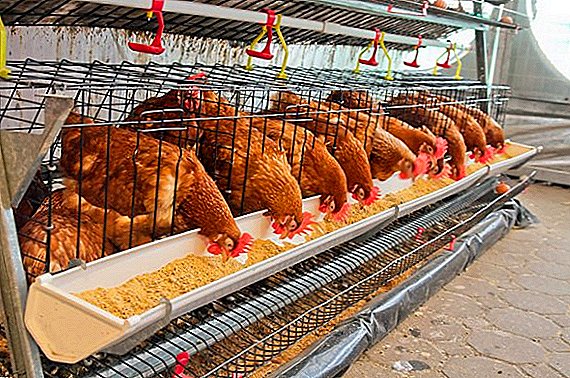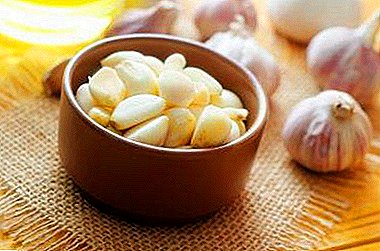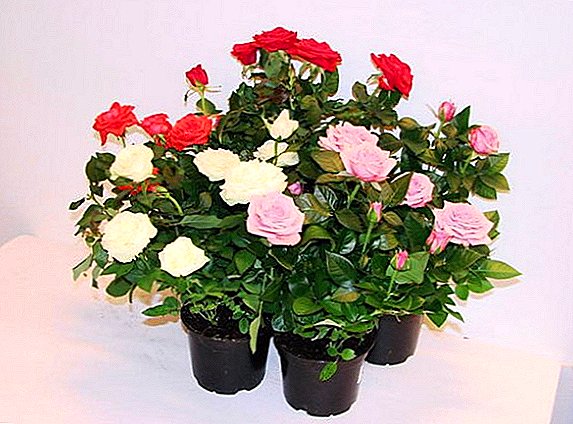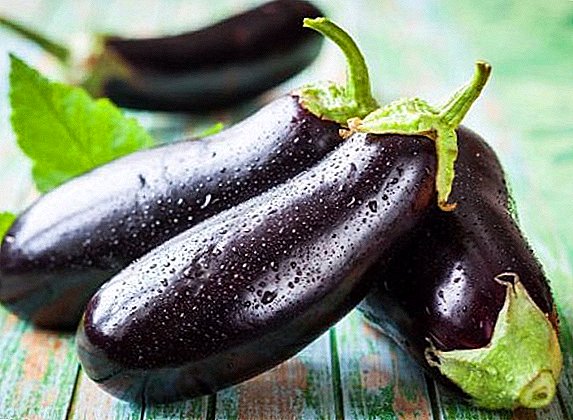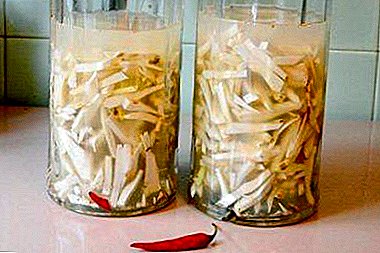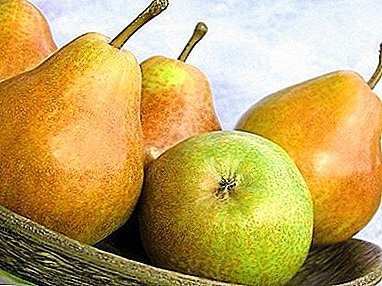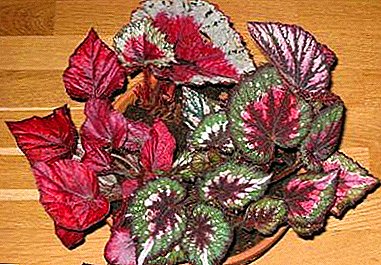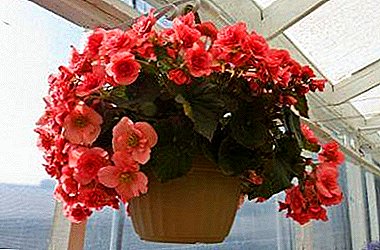
Begonia is a beautiful plant that can be grown at home, on the balcony and in the garden. Many novice growers do not know how to correctly prune begonias - a procedure without which it is impossible to grow a flower.
Begonia needs care from almost the very beginning of growth. The plant pulls the branches quickly enough, and if you do not control the process in time, all the powers of the begonias will go into the branches, and not into the leaves and crown.
Trimming is done according to the desired shape. Begonias, whose shoots have reached 10 cm, must also be cut above the upper bud. After properly done pruning in two weeks side shoots begin to appear.
What is pruning?
One of the properties of plants is their unlimited growth in the presence of the necessary nutrients in the soil. Over time, indoor flowers lose their attractiveness due to the growth of branches, become sloppy and cease to please the eye. Old branches lose their strength and take juices from young ones, preventing them from developing.
Cutting off extra stems improves the appearance, stimulates the growth of young shoots, allows you to maintain a balance between the aerial and underground parts. In flowering plants, pruning helps to form a flowering crown, remove excess flowers, or even trim the peduncle to preserve vitality. Pinching is different in that only the small tip of the shoot is removed.. When the apical (apical) kidney is torn off, so-called “spare” lateral ones awake.
 Pinching is used to increase the branching of the plant, and pruning is used to rejuvenate and form the crown.
Pinching is used to increase the branching of the plant, and pruning is used to rejuvenate and form the crown.
Pinching in begonias is done when there is no possibility of pruning, for example, in very young plants.
Young bushes have not yet formed old shoots that need to be cut. Pinching allows you to form a crown of the desired shape.
Crop varieties need pruning because they tend to grow and shrink leaves.
How to get rid of unnecessary shoots before and after flowering?
- When thinking about how to cut begonia, it is important to remember that not all varieties produce pruning and nipping. There are varieties that do not need a procedure (for example, Royal Rex).
- Pruning carried out with shears. You should not cut the branches with scissors and moreover break off them - such injuries will not benefit begonias.
- In ornamental leaves cut flowering shoots.
- Pruning is done as the branches are stretched.
- When caring for ampel varieties, the tops are cut regularly.
- Krona begin to form almost immediately after the purchase of plants.
- Both procedures are carried out either before flowering or immediately after.
- It is mandatory to remove drying flower stalks and drying leaves (about why begonias have leaves curled and what needs to be done, read here).
- Do not carry out at the same time transplantation and pruning - double stress is harmful to the flower.
It is recommended to first cut the plant, wait for the beginning of the growth of lateral shoots, and only after that transplant into a new soil. Transplantation can also be carried out in early spring before the start of active growth., and after a period of adaptation to trim off unnecessary and unviable shoots.
- Step-by-step instructions for breeding room begonias rooting.
- Secrets of the successful landing of begonias at home.
- Features transplantation begonias. Care after the procedure.
- Tips and tricks to do next if begonia has faded. Features of preparation for awakening.
- How to grow indoor begonia, so she was beautiful and healthy?
Can I pinch?
- Pinching is carried out in spring before flowering, or immediately after flowering before the end of summer.
- The procedure is performed with sharp scissors or pruner. Pinching can be done with the hands, but this can injure the stems.
- Among the shoots are the youngest and unbranched.
- Pinch the top of the shoots to the first from the top of the lateral bud - usually it is no more than 2-3 cm.
Removal of branches for lush flowering
For good and lush flowering pruning room begonias for the winter. (about why begonia does not bloom and how to achieve beautiful buds, you can find out here). The first time is carried out when the plant reaches a height of 8-10 cm.
The tip is trimmed to enhance the growth of lateral buds. The second pruning is carried out with growth of 12-15 cm for branching. It can be replaced with a pinch.
At this time, the future flower crown is formed. Further pruning is carried out as the shoots shrink and mature. Sometimes several flower stalks are pruned for longer and more abundant flowering. Krona is regularly thinned, removing old and overgrown shoots, young - pinch to branch.
Pruning for the winter must be carried out in the tuberous begonias, in other varieties - at the discretion of the growers. Winter cutting allows you to form more densely flowering plants.
We offer to watch a video about the correct removal of the begonia branches:
How to care after the procedure?
 To prevent the infection from entering the wound, sections are treated with crushed wood or activated carbon, ash. Sometimes the cut sites cover for several days with woven headbands. After pruning the plant needs a short rest period.. A pot with a begonia is shaded - it is placed in the shaded part of the house or protected with a curtain. The number and frequency of irrigation decreases.
To prevent the infection from entering the wound, sections are treated with crushed wood or activated carbon, ash. Sometimes the cut sites cover for several days with woven headbands. After pruning the plant needs a short rest period.. A pot with a begonia is shaded - it is placed in the shaded part of the house or protected with a curtain. The number and frequency of irrigation decreases.
The irrigation regime is gradually returned after the side shoots are broken. After restoring the irrigated mode, the plant needs feeding. It is not recommended to do this for the winter, it is better to feed the begonia in spring and summer. Overfeeding is not worth it, because the introduction of additional nutrients changes the pH (acidity) of the soil. Nitrogen fertilizers are best suited.
Pruning is a necessary procedure for the formation of a healthy and beautiful bush.. In the process there is nothing difficult, and an aspiring grower can handle it. With proper approach to pruning and pinching, taking into account the variety and season, you can get a great plant, pleasing the eye for many years.



